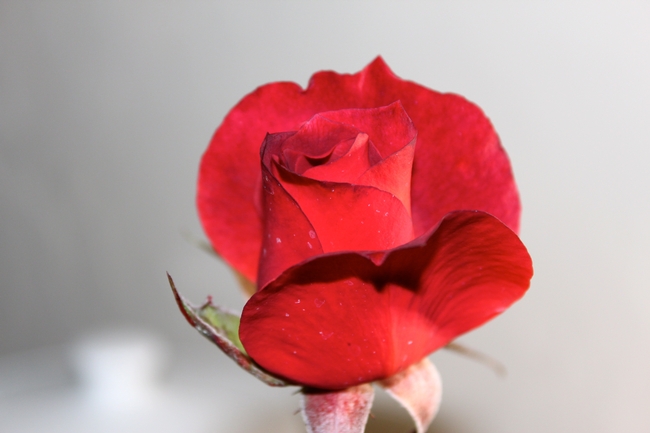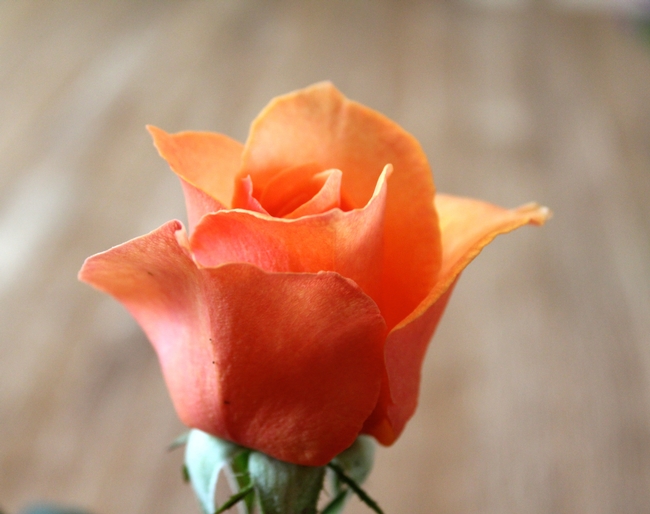Growing Great Roses Without Toxics
The rose (Rosa) has an undeserved reputation of requiring a lot, in terms of time, chemicals, and trouble. But it doesn’t have to be that way. Here are a few tips to keep in mind if you are considering adding a rose garden, or even a handful of favorites to your existing garden.
Select for disease resistance
Find a variety that has a track record for resisting the “big three”: black spot, rust, and powdery mildew. Here, the AARS can be helpful. The All-America Rose Selections is a non-profit, which will list the top performers in 15 categories, including overall beauty, ease of maintenance, and the ability to resist disease.
Log on to rose.org/winning-roses/ and select “N. CA & Northwest”. Also, when you buy roses, go for Grade 1, which are usually found in nurseries, rather than the discount stores. This means that they must have three or more strong canes, well spaced around the graft. Also, don’t be afraid to do what is known as “shovel pruning”, meaning if a rose does not perform well in your particular area after one season, consider replacing it with something more reliable. One trick is to go for the glossy leafed varieties if you are buying during the growing season. The glossy leaves seem to repel most fungal infections.
Use beneficial insects
The most commonly known beneficial insect is the Lady beetle, which feed on aphids in both the adult and larval stages. But some of the lesser-known beneficial insects are also important, like the Leatherwing or soldier beetle, Syrphid flies, which are important predators of aphids, and predaceous mites. Thrips are a mixed bag, feeding on both plants and spider mites. And don’t forget that all spiders are predators, and are important in your garden. You can see them all in UC ANR’s Healthy Roses (publication #21589). Before reading this, I had been hand picking off Leatherwings, thinking they were harmful!
Use good cultural practices
First and foremost is the need for nutritious soil that’s fertilized on a regular basis and mulched, at least 6 hours sunshine minimum, and enough water. If you use drippers, roses can also benefit from weekly deep watering, and overhead sprayed water from the shower setting on a hose to keep the leaves free of aphids and mites, or even fungal spores, so long as the leaves are dry by sunset. Provide good air circulation by spacing roses at least 3’ apart, and trim out some of the bottom inside leaves for the same reason. Annual pruning will remove any damaged or diseased canes, as well as dead wood. At pruning time, all leaves should be stripped from the plant, so you can see what you’re doing, and cut out all unnecessary growth. If you are going for show quality roses, cut the canes down to 12-18”, which forces lush new growth in spring. The attached photos are some of my favorite blooms for cutting,Rosa floribunda ‘Hot Cocoa’, and R. ‘Brandy’, both grown without any toxics.

'Hot Cocoa' photos by Bud Veliquette

'Brandy'

